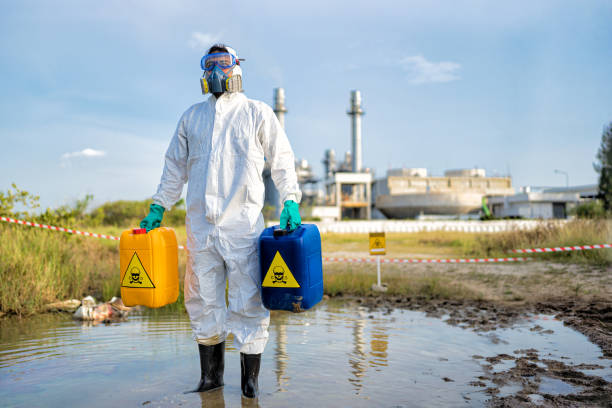Choosing the right NDIS provider in Bentleigh is a big decision. The provider you choose can impact your daily life, your goals, and your overall well-being. With so many options out there, it’s important to know what to look for.
Registered and Trusted Start with one basic question: Is the provider registered? A registered NDIS provider in Bentleigh would be approved by the NDIS Quality and Safeguards Commission. That means they follow national rules.
They’ve passed checks for safety, quality, and ethics. They go through regular audits. They’re held accountable. That’s the kind of provider you want. Someone who follows the rules and puts participants first.
Support That’s Built Around You
Every person is different. A great provider will never treat you like a number. They take the time to understand who you are and what you need. A strong NDIS provider in Bentleigh will work with you to design a support plan that reflects your goals, interests, and lifestyle. Whether you want to live more independently, build skills, or connect with your community, your support should match your vision.
Good providers don’t make decisions for you. They involve you at every step. You’re in control, and they’re there to support your choices.
Local Experience Matters
Experience makes a difference. A provider with a history of working in Bentleigh knows the local area. They understand what services are available. They’ve built relationships in the community.
That kind of local knowledge helps you access more resources. It also makes it easier to get involved in local activities and connect with others.
Trained staff are another big factor. A provider is only as good as the people who work there. You want staff who are kind, qualified, and experienced. You want people who treat you with respect and know how to help.
Clear and Honest Communication It’s not just what they offer, it’s how they communicate. A trustworthy NDIS provider in Bentleigh will keep things simple and clear.
They’ll explain your options, answer your questions, and help you understand your rights. You’ll always know what to expect. And if something’s not working? They’ll listen.
A good provider will welcome feedback and use it to improve. They’ll have clear steps for raising concerns. You should never feel ignored or confused.
Flexibility When You Need It
Life changes. Support needs change. A good provider understands that.
They’ll adapt your plan when needed. They’ll adjust services as your goals evolve. Whether it’s changing schedules or adding new support options, flexibility keeps your care relevant and useful.
Reputation Says a Lot
What do other people say? Reviews and personal recommendations are valuable. If families and participants speak highly of a provider, that’s a good sign. A NDIS provider in Bentleigh with a strong reputation likely has the experience, empathy, and professionalism you need.
Finding the right NDIS provider doesn’t have to be overwhelming. Look for someone who is registered, person-focused, experienced, and flexible.
The best NDIS provider will support your journey—not just with services, but with care, trust, and a real commitment to helping you live life on your terms.











